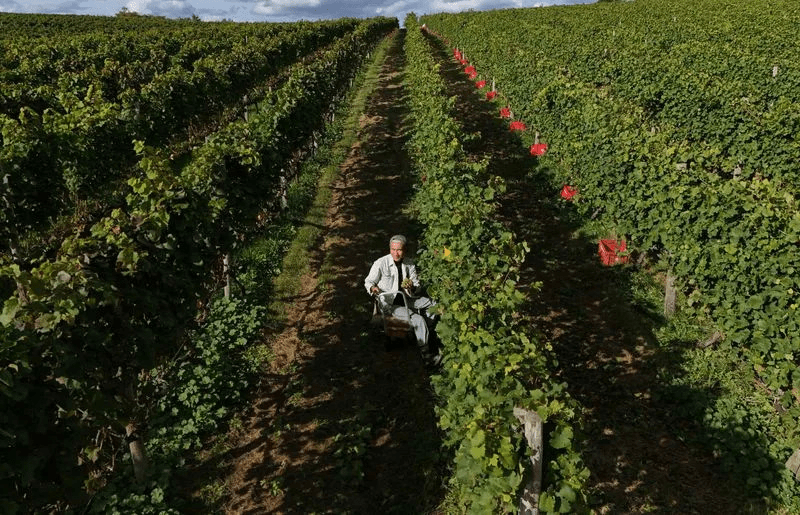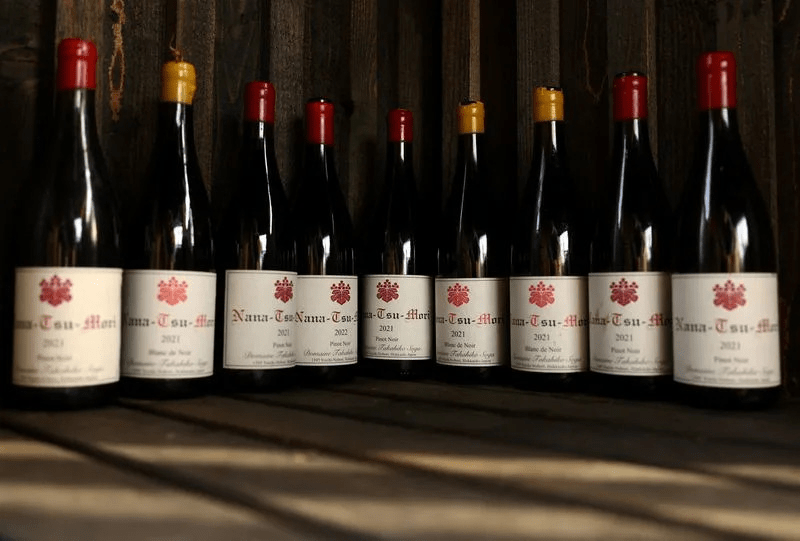How warming opened a door in Yoichi
On Hokkaido’s western coast, the town of Yoichi has quietly become a magnet for Pinot Noir—one of the world’s most temperamental grapes. Winemakers credit a slow warming trend over the past two decades for pushing average growing-season temperatures into a sweet spot that ripens delicate fruit without scorching it. Growers have expanded plantings, upgraded trellising, and invested in small-lot vinification to chase higher quality. Sommeliers now put select Japanese bottles on tasting menus in Tokyo and abroad, pointing to translucent color, bright red fruit, and a savory spine that echoes cool-climate Burgundy.
The transformation shows how climate shifts can reorder agricultural maps. Warmer summers extend ripening windows and reduce the risk of underripe, vegetal flavors. Milder springs allow earlier budbreak, giving vines a longer runway. Local tourism boards showcase vineyards against mountain backdrops, while restaurants lean into pairings that celebrate a distinctly Japanese expression of the variety. Yet growers emphasize that craft—not just climate—drives the change: careful canopy work, restrained yields, and meticulous harvest timing make or break a vintage.

Volatile weather, harsher extremes, and the search for resilience
The same climate that opened a door has introduced new volatility. Producers report heavier downpours, sudden heat spikes, and typhoons that can shred canopies and invite disease pressure. Warmer winters complicate dormancy and pest cycles, forcing more frequent vineyard monitoring. Growers in Yoichi are adapting with drainage upgrades, hail netting, diversified clones, and trials of regenerative practices to improve soil structure. Some hedge risk by blending sites at slightly different elevations or aspects to balance ripeness and acidity.
Economically, interest in Japanese Pinot is attracting investment, but the small scale of vineyards and high labor costs limit output. Exporters warn that a few celebrated vintages can spur demand faster than supply, risking price surges that outpace quality gains. Winemakers therefore stress incremental growth and transparency about vintage variation. The broader lesson travels beyond wine: climate change does not simply “benefit” or “harm” a region, it shifts probabilities. In Yoichi, that means a window for Pinot Noir—if growers can ride out wilder weather. The next decade will test whether craftsmanship and infrastructure can keep pace with the climate curve.

 TPW DESK
TPW DESK 








